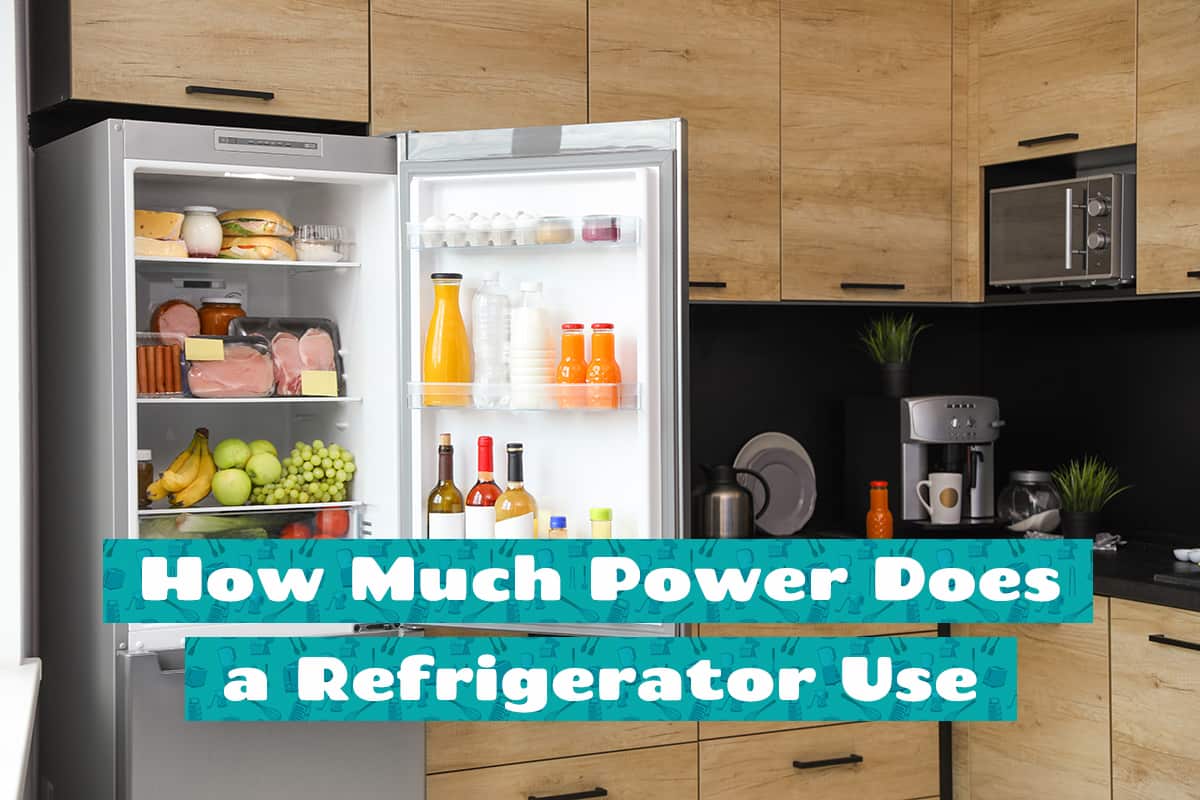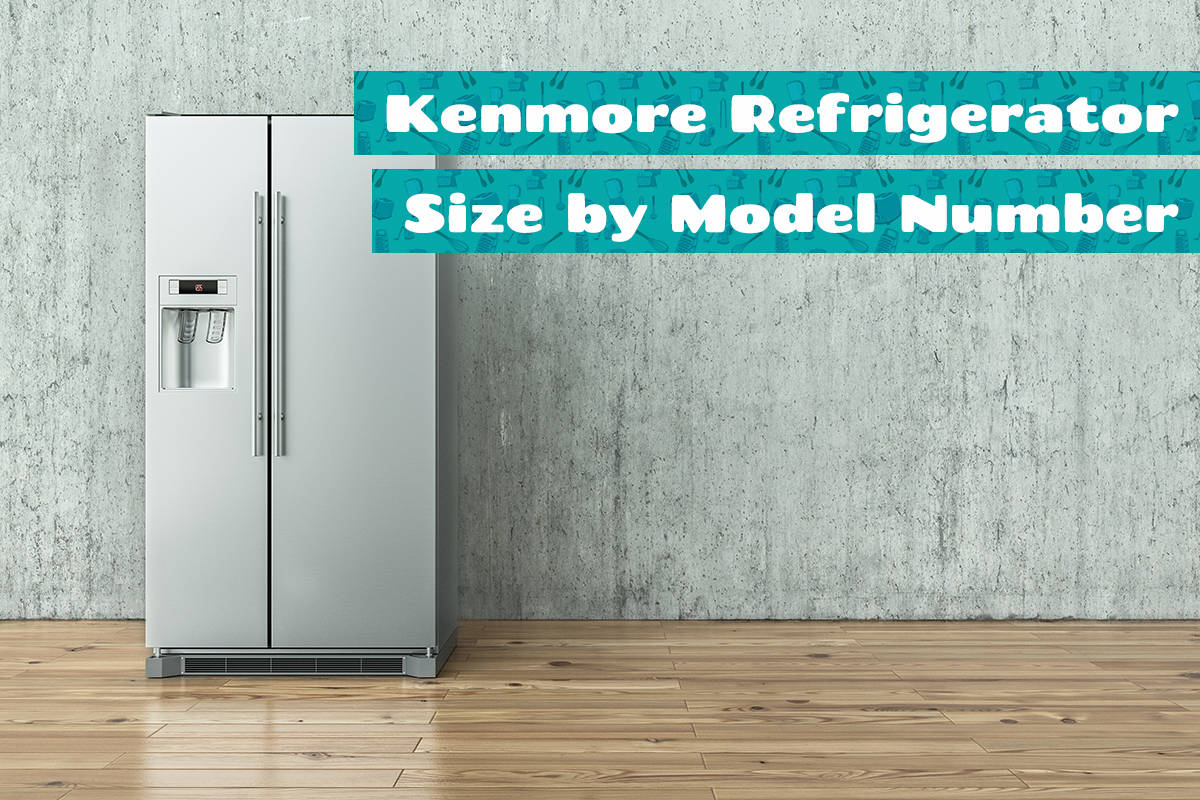Have you ever wondered how much it costs to keep your groceries fresh and your ice cream frozen? While it’s easy to overlook, your fridge’s energy consumption can add up, affecting both your wallet and the environment.
This guide will dive into the nitty-gritty of refrigerator power consumption. We’ll compare regular and mini-fridges, break down their amps and wattages, and even provide handy charts to guide you.
Why You Should Know How Much Energy Your Fridge Uses

Before we dive into the charts, we should first discuss why you should know how much power your fridge uses.
1. Long-Term Cost Implications
Let’s be real, who doesn’t want to save a few bucks? Your refrigerator runs 24/7, making it one of the largest consumers of electricity in your home. By knowing its power usage in amps and wattages, you can estimate your monthly and yearly energy costs. Some fridges can cost you more than $100 per year just in electricity!
2. Environmental Considerations
Sure, we’re not all eco-warriors, but a little effort goes a long way. Energy-efficient fridges are kinder to the planet. They consume less power, reducing greenhouse gas emissions. Every kilowatt-hour saved can make a difference.
3. Safety Precautions
You can’t just plug your fridge into any old outlet. Knowing the amps and wattages can prevent electrical mishaps. Overloading an electrical circuit can lead to fires or damage your fridge. Always check the power ratings and match them with your home’s electrical setup.
Types of Refrigerators
You might think a fridge is just a fridge, but you’re in for a surprise! There’s a whole world of options out there, each with its quirks when it comes to power usage.
1. Side-by-Side Fridges

These are the Hollywood celebrities of the fridge world—big, glamorous, and often loaded with features. The freezer’s on one side, and the fridge is on the other. They’re designed to accommodate large households and make you feel like a gourmet chef. The downside? All that glamor consumes more energy, thanks to features like water dispensers and ice makers.
2. Top Freezer Fridges
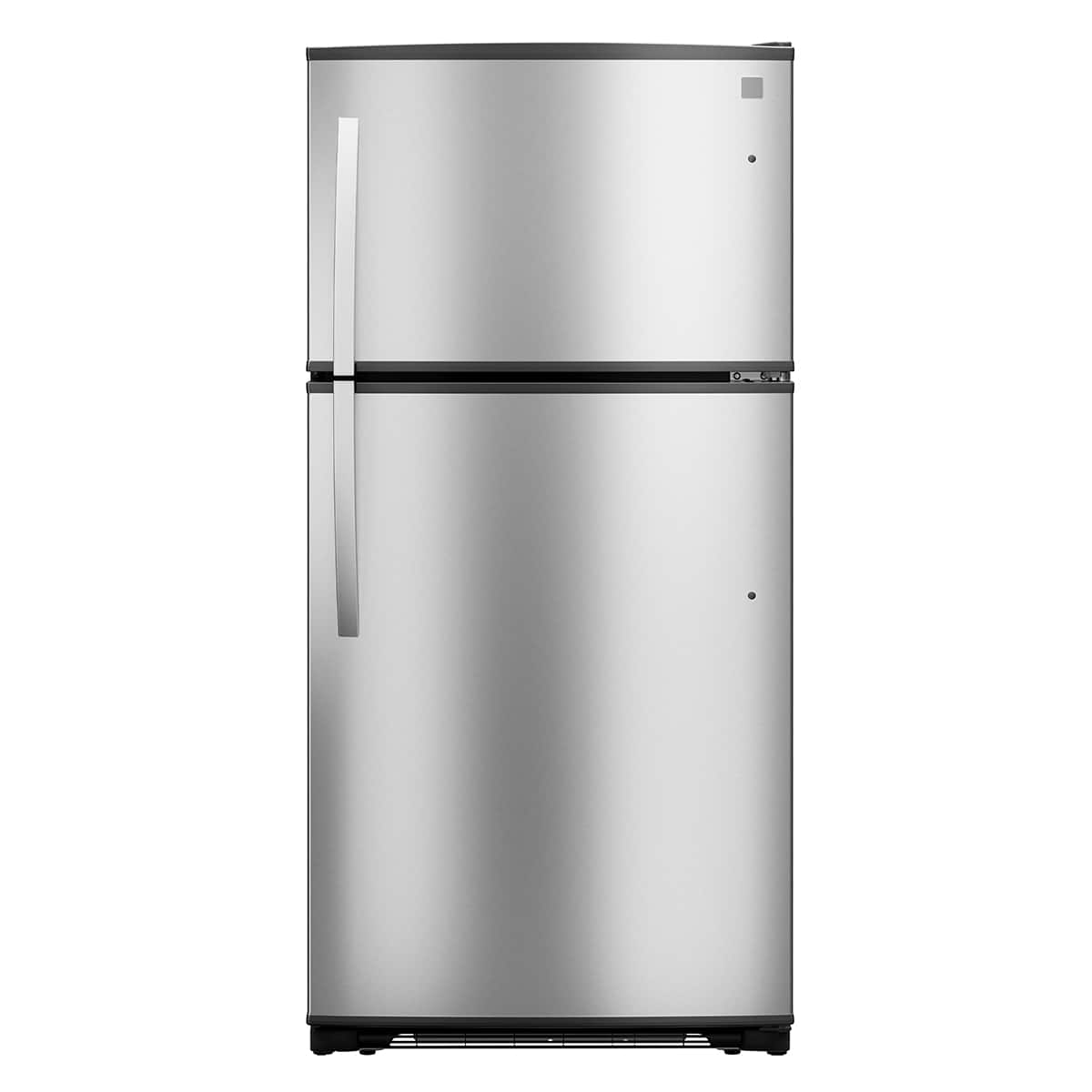
Your old-school, dependable buddy. The freezer’s on top, and the fridge compartment is below. Simpler than the side-by-side models, but that means less energy consumption. These fridges tend to be more energy-efficient because of their basic design.
3. Bottom Freezer Fridges
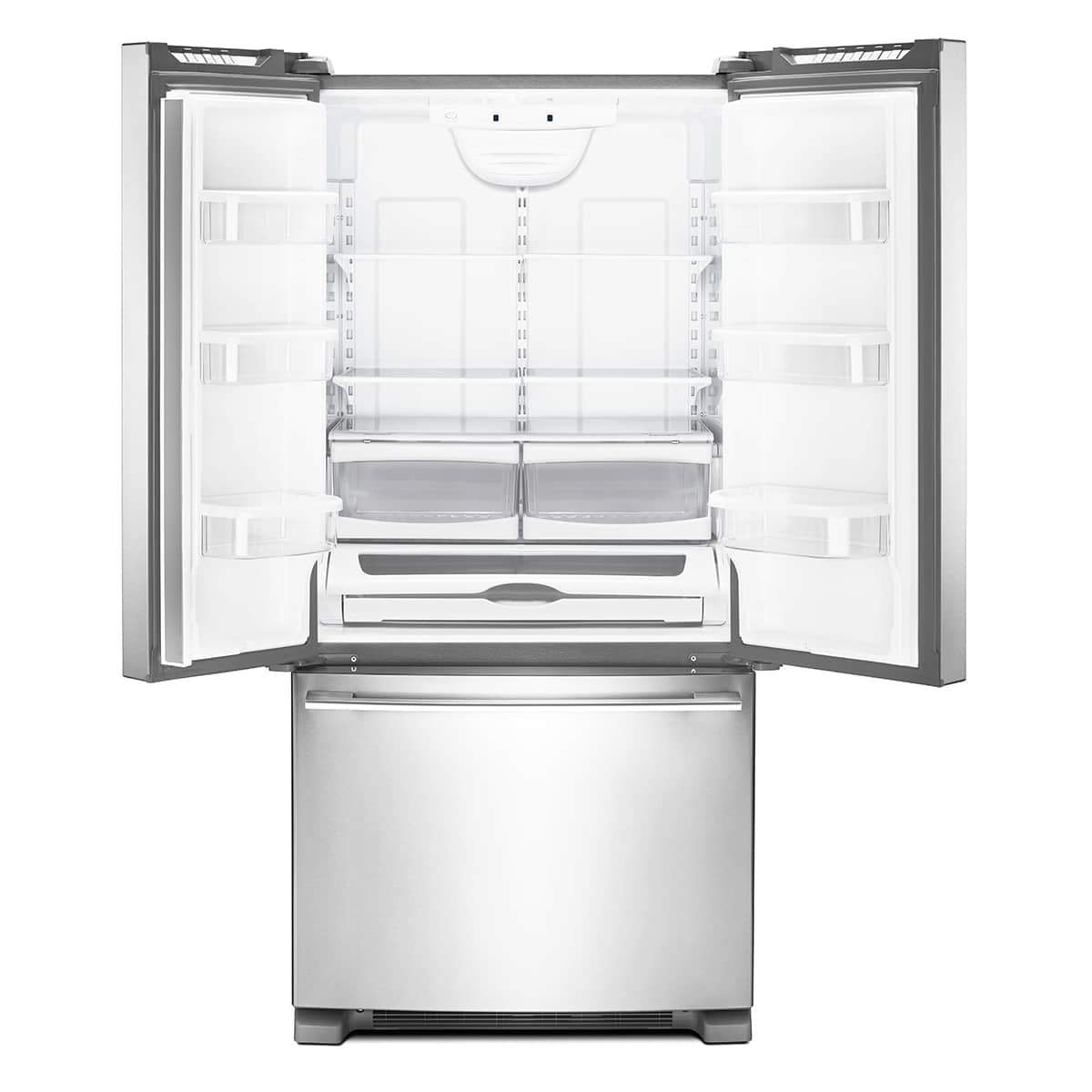
These are like the trendy cousins of top freezer fridges. The fridge compartment is at eye-level, so you don’t have to bend down all the time. However, the freezer at the bottom may use more energy to keep cold as hot air rises.
4. French Door Fridges

These are the prom kings and queens—popular and eye-catching. They’ve got double doors for the fridge and a freezer drawer at the bottom. They often come packed with features, which can ramp up the energy use. Think about that when you’re dazzled by the built-in touchscreens and fancy lighting.
5. Mini Fridges
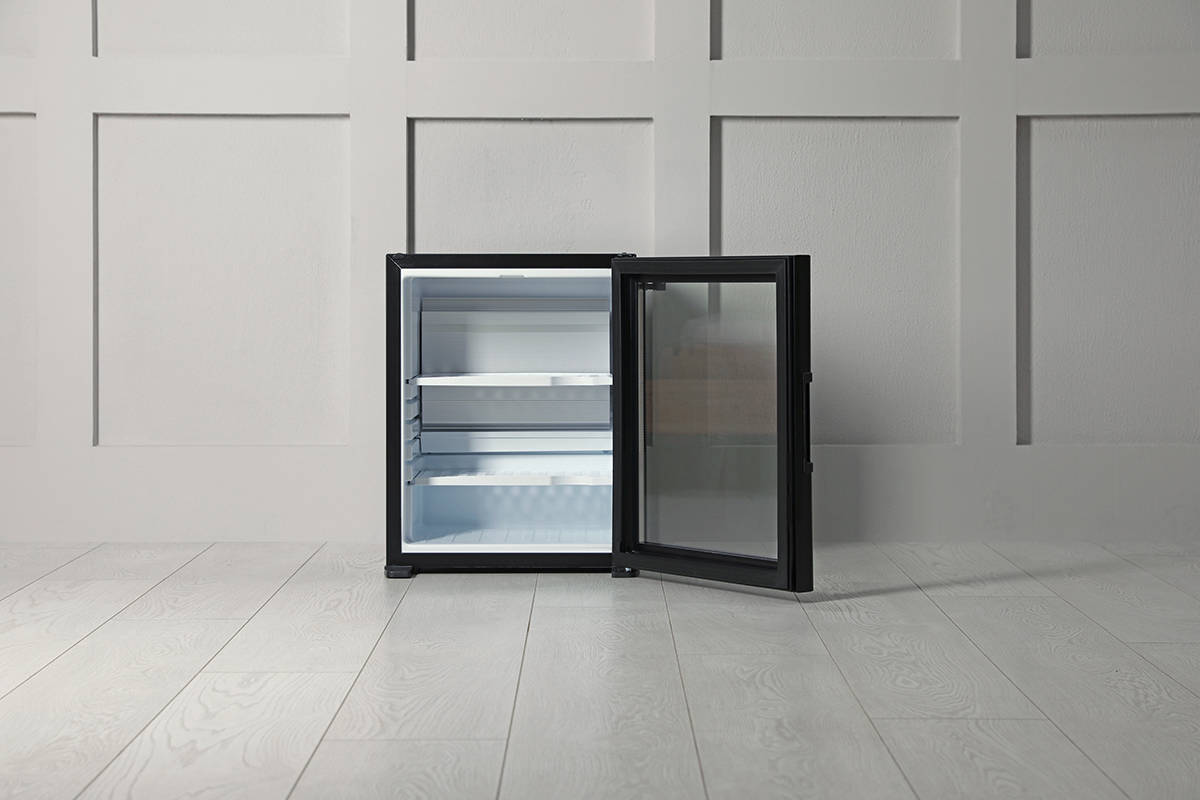
These fridges come in a wide assortment of styles, including:
- Cube Mini Fridges: These tiny boxes are the introverts of the fridge world—compact and unassuming. Great for dorm rooms or small apartments. They’re energy-conscious but don’t expect them to store a week’s worth of groceries.
- Mid-Size Mini Fridges: A step up from the cube, these offer a bit more space and sometimes even come with a small freezer compartment. They can be a little hungrier for power, especially if you opt for one with a separate freezer.
- Under-Counter Mini Fridges: These mini-fridges want to be full-sized fridges when they grow up. They often have more features, so they consume more power than their smaller siblings.
Power Consumption for Regular Fridges
| Type of Fridge | Amps | Wattage | Approximate Yearly Cost ($) |
| Side-by-Side | 7.5 | 900 | 125.38 |
| Top Freezer | 6 | 720 | 100.3 |
| Bottom Freezer | 6.5 | 780 | 108.33 |
| French Door | 7.8 | 936 | 130.44 |
Power Consumption of Mini Fridges
| Type of Mini Fridge | Amps | Wattage | Approximate Yearly Cost ($) |
| Cube Mini Fridge | 1.2 | 144 | 20.05 |
| Mid-Size Mini Fridge | 1.5 | 180 | 25.06 |
| Under-Counter Mini | 2 | 240 | 33.41 |
Understanding the Numbers
Don’t let the numbers scare you! Here’s a brief breakdown of what these numbers mean.
Amps
The amps give you an idea of the electrical current your fridge uses. Lower amps usually mean less energy consumption, but it’s not the only factor to consider. So, don’t hang your hat on this number alone.
Wattage
This shows the actual power the fridge uses. It’s calculated by multiplying the amps by the voltage (usually 120 volts in the US). This is the number you’ll use to figure out the cost to run your fridge yearly.
Yearly Cost
We’ve calculated this based on the national average of 16.14¢ per kilowatt-hour (kWh). Just to give you an idea, this isn’t set in stone. Energy rates can vary by location and time of year.
What Influences These Numbers?
- Features: More features, like ice makers and water dispensers, can hike up the energy use. Even the lighting inside the fridge can make a difference. LEDs consume less energy than traditional bulbs.
- Usage: Your habits also affect these numbers. Constantly opening and closing the door, not setting the temperature correctly, or putting hot food directly into the fridge can all lead to higher power use.
- Efficiency: Some fridges are just born efficient. Look for models with Energy Star ratings—they usually consume 15-20% less energy than their non-rated counterparts.
FAQs
1. How can I reduce my fridge’s power consumption?
Here are a few handy tips to help you reduce your fridge’s overall energy consumption:
- Temperature Settings: Your fridge doesn’t need to be colder than a polar bear’s toenails. A fridge temperature of 37-40°F and a freezer setting of 0°F are cool enough to keep your food safe.
- Door Time: Don’t stare into your fridge like it’s a TV. The longer the door’s open, the harder the appliance has to work to maintain its chill.
- Regular Cleaning: A layer of dust on the coils is like a bad hair day for your fridge. It makes it work harder. Unplug the fridge and clean the coils every few months.
- Mind the Gaps: Check the door seals by sticking a piece of paper in the door. If it falls out, it’s time for new seals.
- Keep it Full but Not Jam-Packed: A fuller fridge maintains temperature better when the door is opened, but don’t go overboard. You need some space for air to circulate.
2. Is it worth buying an energy-efficient fridge?
Absolutely, yes! Energy-efficient models might cost more upfront but can save you a bundle in the long run. Imagine cutting up to 20% off your power bill each year—that can really add up. They’re also less of a burden on the environment, which is a nice bonus. So, it’s like buying your future self a bunch of coffees or, you know, saving for a rainy day.
3. How can I accurately measure my fridge’s power consumption?
Try using any of these tips or tools to figure out how much power your fridge uses:
- Energy Monitor: This gadget is like a fitness tracker for your fridge. Plug your fridge into the energy monitor, and it’ll tell you exactly how much electricity you’re using. You can find these online or at an electronics store.
- Check the Label: New fridges usually come with an energy label that estimates yearly power consumption. It’s not 100% precise, but it gives you a ballpark.
- Manual Math: Use the formula (Wattage × Hours used per day ÷ 1000) × Cost per kWh. The wattage should be on the fridge’s nameplate or in the manual. For hours used and cost per kWh, you’ll have to look at your electricity bill and do some detective work.
